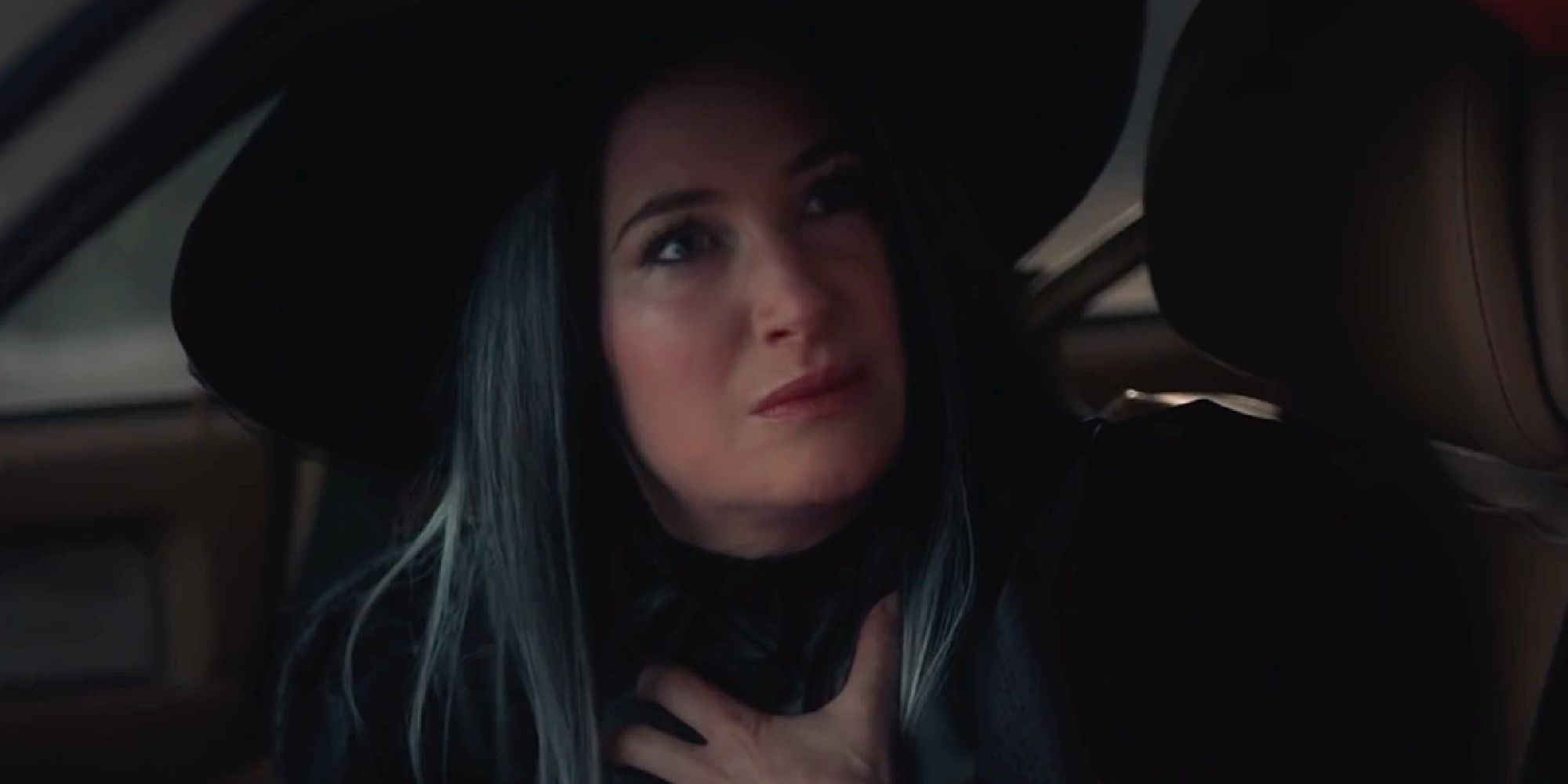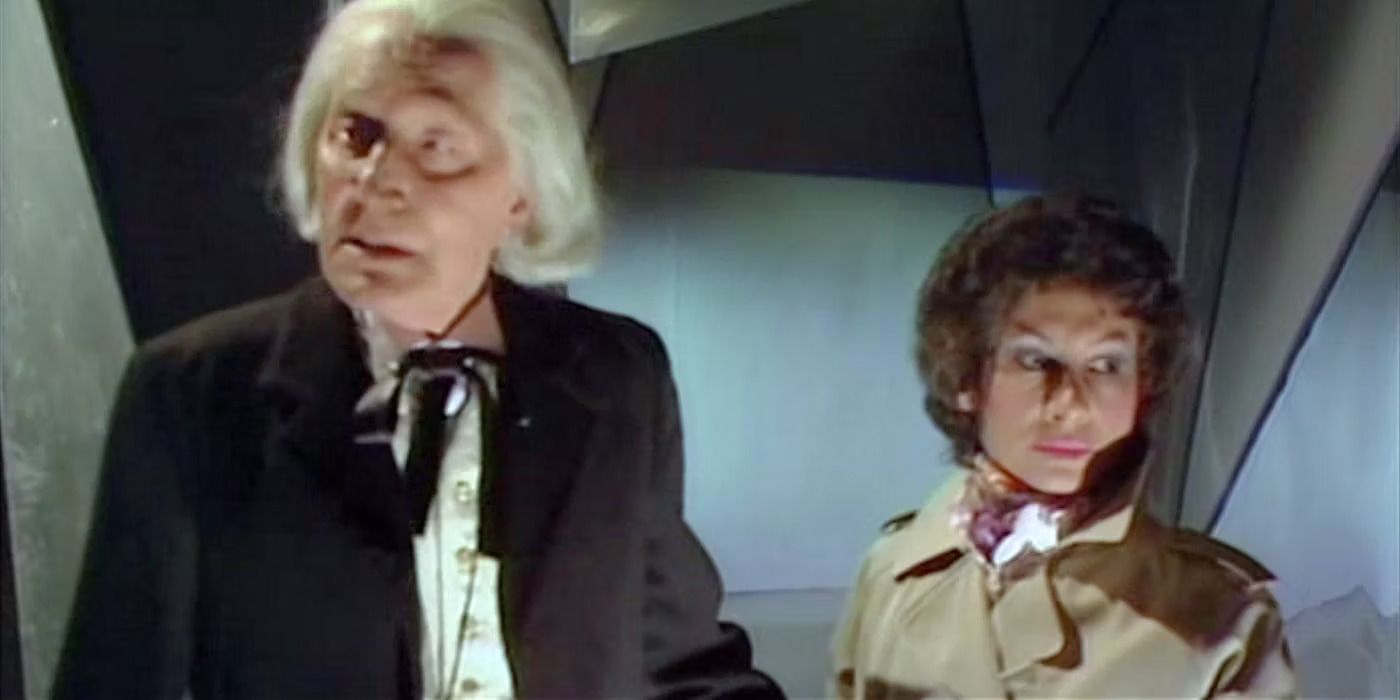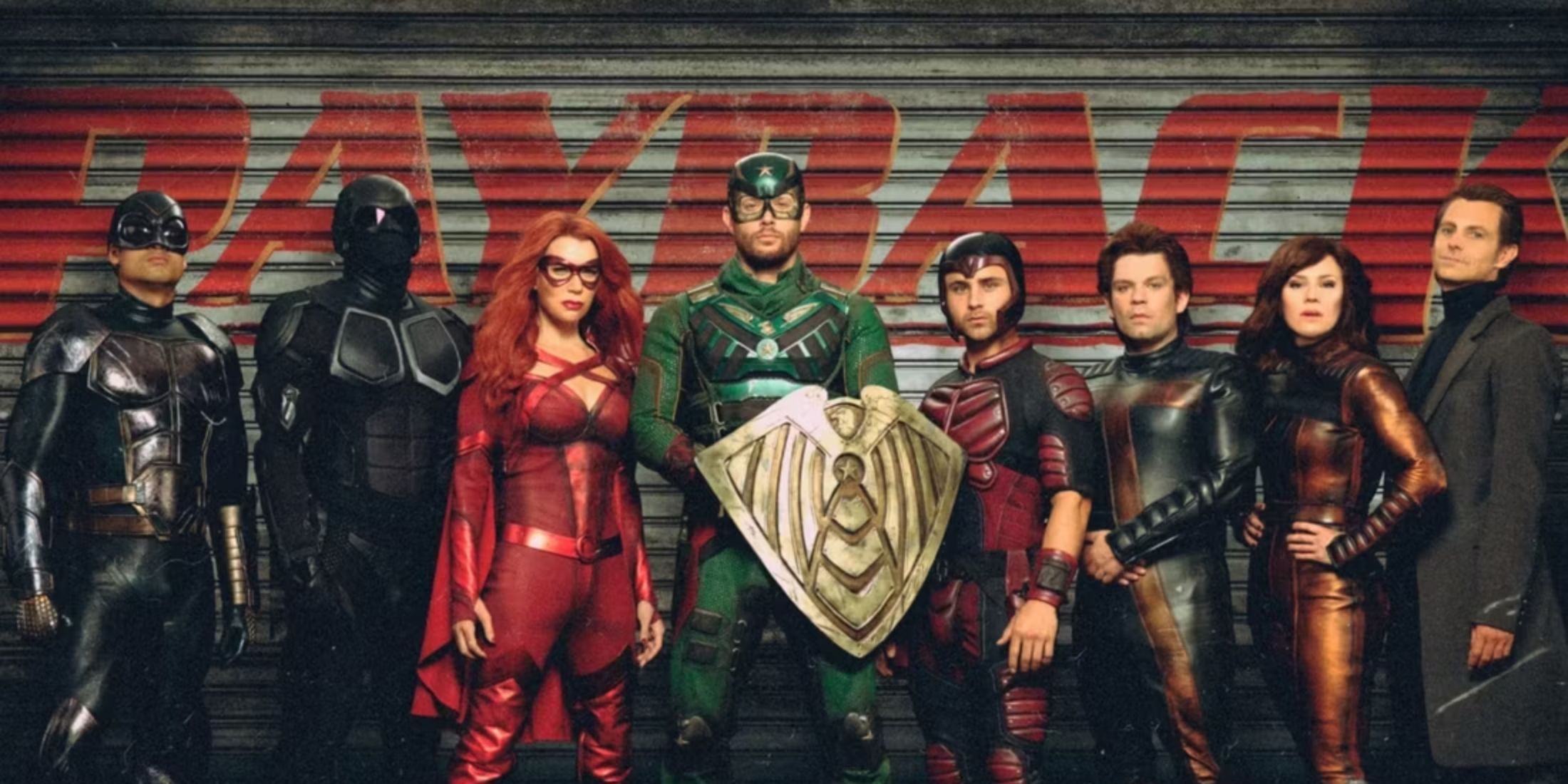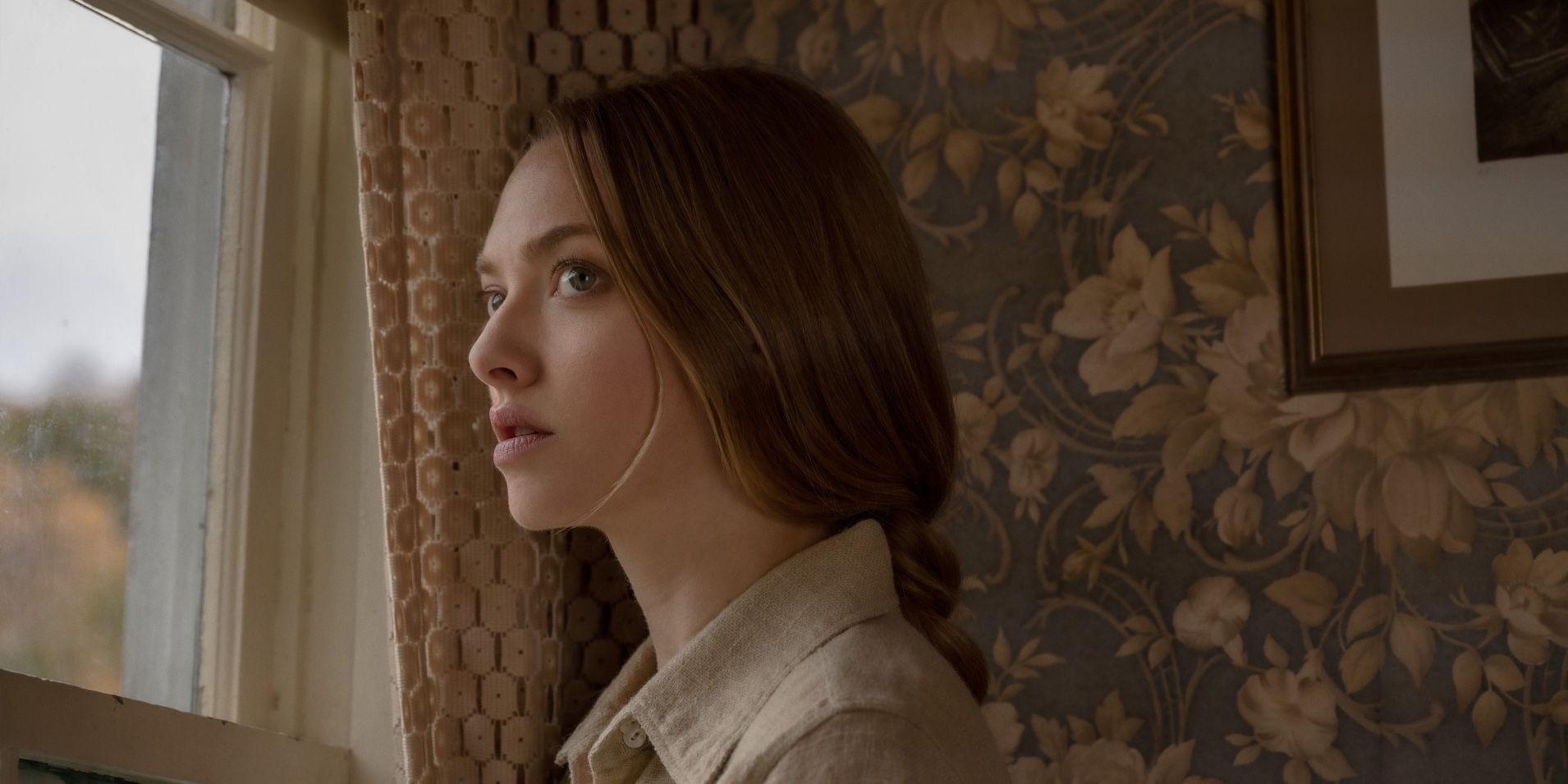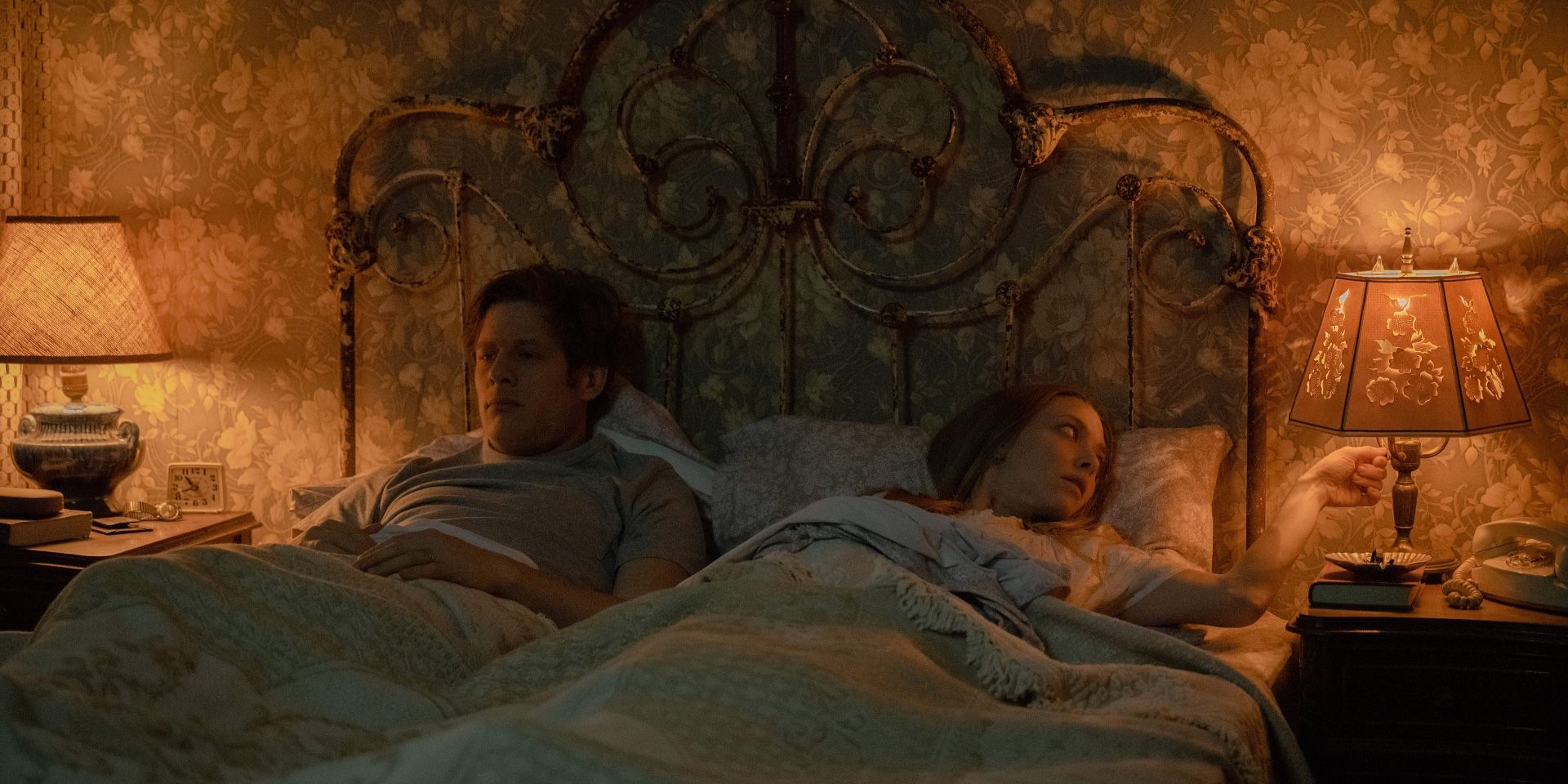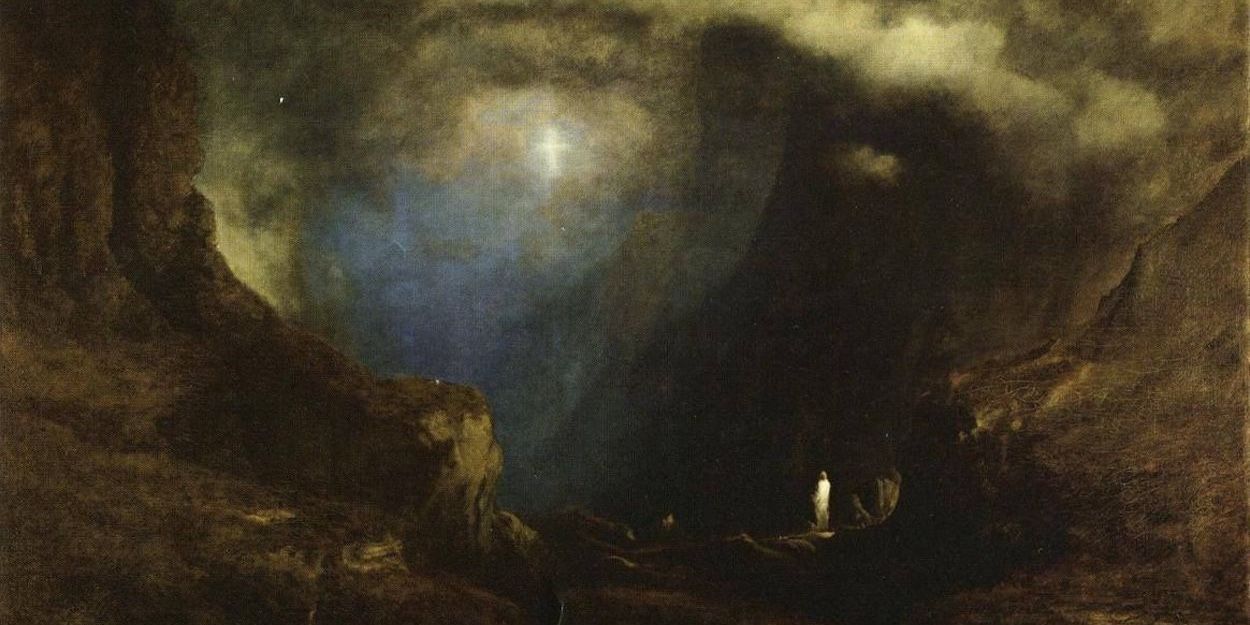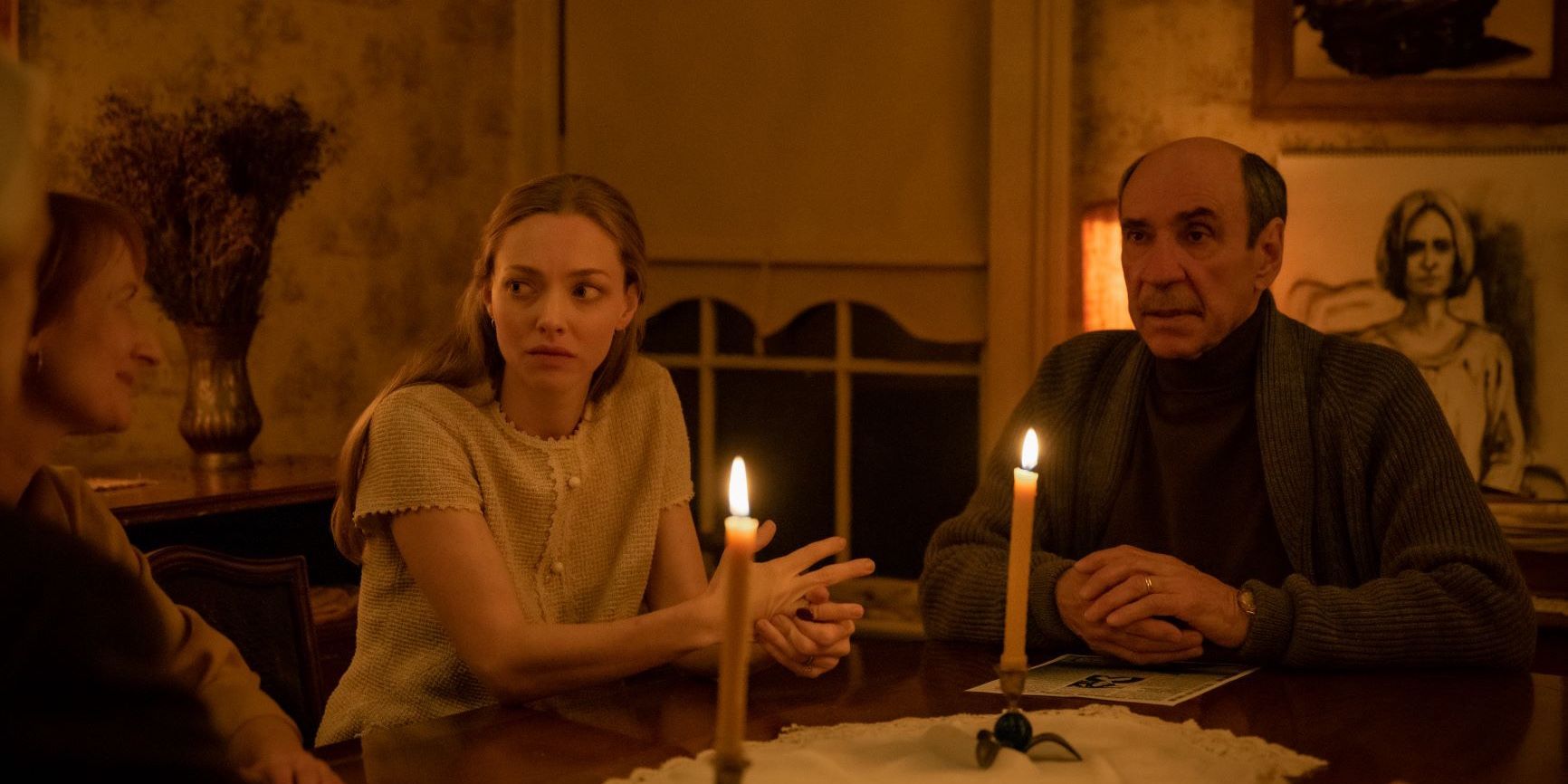Things Heard & Seen is a 2021 Netflix film starring Amanda Seyfried and James Norton. Seyfried and Norton play Catherine and George, a married couple with a young daughter, Franny. The film starts with the family in Manhattan, but they quickly move out of the city and into a farmhouse in Chosen, New York. The film promises that both the house and George have secrets they keep from Catherine, and as the story unfolds, these secrets are slowly revealed.
The film was written and directed by Shari Springer Berman and Robert Pulcini. The two adapted a 2016 novel called All Things Cease to Appear by Elizabeth Brundage. The film did not receive many positive reviews and has only a 5.3/10 on IMDb, and even the book itself was very polarizing. It seems there are just as many people who love it as there are people who hate it. In spite of its negative reviews, Things Heard & Seen offers a feminist perspective on the typical haunted house trope.
The story takes place in 1980, and Catherine, George, and Franny live in a tiny apartment in New York City. It’s Franny’s birthday party, and it’s revealed to the audience that Catherine suffers from an eating disorder. George tells the party guests that he’s accepted a position as an art history professor in a small town, and that the three of them will be moving there soon. Catherine has to give up her job in order to move with George. She tells a friend privately at the party that George has given up a lot for her, so it’s only fair that she now does this for him.
The family moves into a farmhouse upstate, and almost immediately Catherine and Franny become aware that something is wrong. On their first night, there is a presence in Franny’s room. She runs out of her bedroom to go and sleep in her parents’ bed, and George is unreasonably annoyed about this. As the film goes on, George acts progressively worse to his wife and daughter, and other members of the community. He lies to everyone, he cheats on Catherine, and when Catherine tries to tell him her concerns about the house, George blames her feelings on her eating disorder.
Floyd DeBeers, the department head at the school George works at, takes a liking to George, and encourages him to read a book called Heaven and The World of Spirits and Hell, by Emanuel Swedenborg. On the book’s cover is George Innes’ “The Valley of the Shadow of Death”, a painting that appears prominently throughout the film. This book regards the afterlife and the notion that one is not sent to heaven or hell, but that a person decides on their own based on the choices they make in their life. It suggests that evil spirits exist, but they are only attracted to evil people. George, of course, does not read the book, but Catherine does.
The film continues on this same trajectory, where George acts poorly and the audience feels remorse for Catherine (other than perhaps one instance where she cheats on George). George is verbally and physically abusive, he continuously blames Catherine for his own wrongdoings, and he commits more and more heinous acts. Occasionally, there are some supernatural ideas thrown in, primarily from Floyd in his discussion of Swedenborg, as well as the appearance of spirits or otherwise inexplicable phenomena.
The main supernatural concept in the film regards the fate of the last family to live in the farmhouse. It is revealed that the husband killed his wife and himself, and their two sons became orphans. Soon after this discovery, Catherine and Floyd have a séance in the house. They find that the spirit of the murdered wife is present, but she means no harm. However, her husband’s spirit is trapped as well. Because of this, Floyd warns Catherine essentially to be careful of who she trusts.
A few days later, Catherine decides to leave with Franny. While she is packing up the car, George arrives. He is home early from work, and quickly figures out what Catherine is trying to do, so he drugs and kills her. George later pretends to discover Catherine’s body, but it seems obvious to everyone in town that he killed her, and so he decides to try to escape on a boat. His last scene in the film shows him sailing into stormy waters, and the area around him starting to change. It comes to resemble the painting “The Valley of the Shadow of Death” and is described by a disembodied voice as the gates of hell. The final scene implies that the wife of the man who built the farmhouse and first lived in it, suffered a similar fate to Catherine and the woman who was murdered before her.
The film certainly is not perfect and it has its issues. But in a small town full of people performing seances and in a house full of ghosts, the film does at least go in a different direction than what the audience might have expected. The ‘witches’ are all trying to help Catherine, the ghost is even trying to save her from her husband. At the end of it all, the real monster was George, and perhaps Catherine’s fate would have been the same whether they lived in a haunted house or not. The film is marketed as a thriller or a horror, but the movie focuses just as much, if not more, on the tale of the toxic relationship as it does the supernatural, which perhaps could explain why the film has such a low rating on IMDb.
The failed marriage does seem to be the focus of the story. It doesn’t ever delve very far into the supernatural aspects. Subsequently, the audience ends up with a film that is sort of oddly split between two stories. It is interesting to see the manner that George presents himself with crumble away as his and Catherine’s marriage falls apart. It is also interesting to see what the townspeople believe about the afterlife and spirit worlds, and how spirits might interact with the living. But all of this crammed into one film doesn’t give both ideas adequate space to breathe. And yet, the fact that these two ideas don’t quite fit together makes for a very unique film. It ends up as a fairly feminist take on what the real horrors are in life. Spirits, ghosts, witches, it is possible that they all exist, but if so, are they the ones who actually cause any harm?

